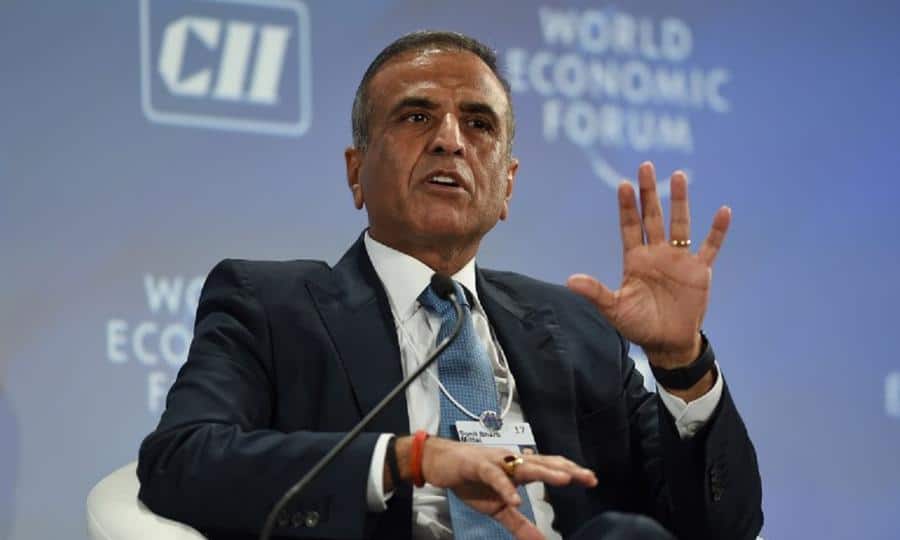In a setback for Huawei’s India operations, Bharti Airtel has replaced the Chinese company with Swedish telecom gear maker Ericsson for its 4G network expansion and modernization in Rajasthan.
Huawei’s dealings with Bharti Airtel has now been reduced to three telecom circles, the Economic Times reports.
The deal comes only two months after Bharti Airtel publicly backed Huawei’s equipment for its technological superiority over its European rivals Ericsson and Nokia.
While taking part in the India Economic Summit, Bharti Airtel founder and chairman Sunil Bharti Mittal said that over the past 10-12 years Huawei had become extremely good with their products.
“I can safely say their products are superior to Ericsson and Nokia, without a doubt. I use products from all three of them.” He said this while responding to the concerns raised by US Secretary for Commerce Wilbur Ross over security risks posed by Huawei.
The Chinese gear maker has been under pressure globally, mainly from the United States, for its alleged proximity to the Chinese government, leading to concerns over possible snooping.
The US government has put Huawei on the entity list, forcing American companies to sever their business ties with the company.
The first major blow came in the form of Google, whose ban meant the Chinese company could not use the Android operating system, which includes apps such as Play Store, Maps and Gmail.
However, it can still use an open-source version of it. Soon, other big tech companies such as Qualcomm, WiFi Alliance, SD Alliance, ARM, and Intel joined the list.
The US is also pressuring other countries, including India, to keep the Chinese gear maker out of 5G deployments. India, though, has yet to make a call. Beijing has warned New Delhi that there could be “reverse sanctions” on Indian firms doing business in China if Huawei is barred.
Firms such as Infosys, TCS, Dr Reddy’s Laboratories, Reliance Industries and Mahindra & Mahindra have a foothold there in manufacturing, healthcare, financial services and outsourcing in China.
However, at the three-day India Mobile Congress in New Delhi in October, both Huawei and the other Chinese telecom gear maker ZTE were granted permission by the India Telecom Department to provide 5G use cases demonstrations. The approval came just ahead of Chinese President Xi Jinping’s visit to India.
This generated hope among the Chinese players of being allowed to take part in 5G field trials. But Indian telecom officials were quick to clarify that inviting Huawei to showcase its prowess at the India Mobile Congress was not an indication that the government had given its nod to the Chinese equipment maker for either 5G trials or deployments in India. The mobile congress and field trials were two different issues.
India is set to hold 5G trials and sell airwaves supporting the next generation technology next year. It has reiterated on many platforms that it will make a call based on its own national security needs.
However, Indian telecom carriers are not very keen on taking part in these auctions due to stressed balance sheets. The three-year, bruising price war unleashed by Reliance Jio Infocomm took a heavy toll, with many companies winding up their operations.
The Indian telecom industry’s cumulative debt is estimated to be more than 7 trillion rupees ($98 billion). The telecom companies also cite exorbitant pricing, insufficient spectrum and the unavailability of newer bands as other problem areas.
Industry experts point out that the auction prices set Indian telecom department are too steep. It has set a base price of 4.92 billion rupees ($69 million) for per megahertz, while in South Korea, the same band was priced at about 1.31 billion rupees ($18.3 million) in auctions held in June 2018.

